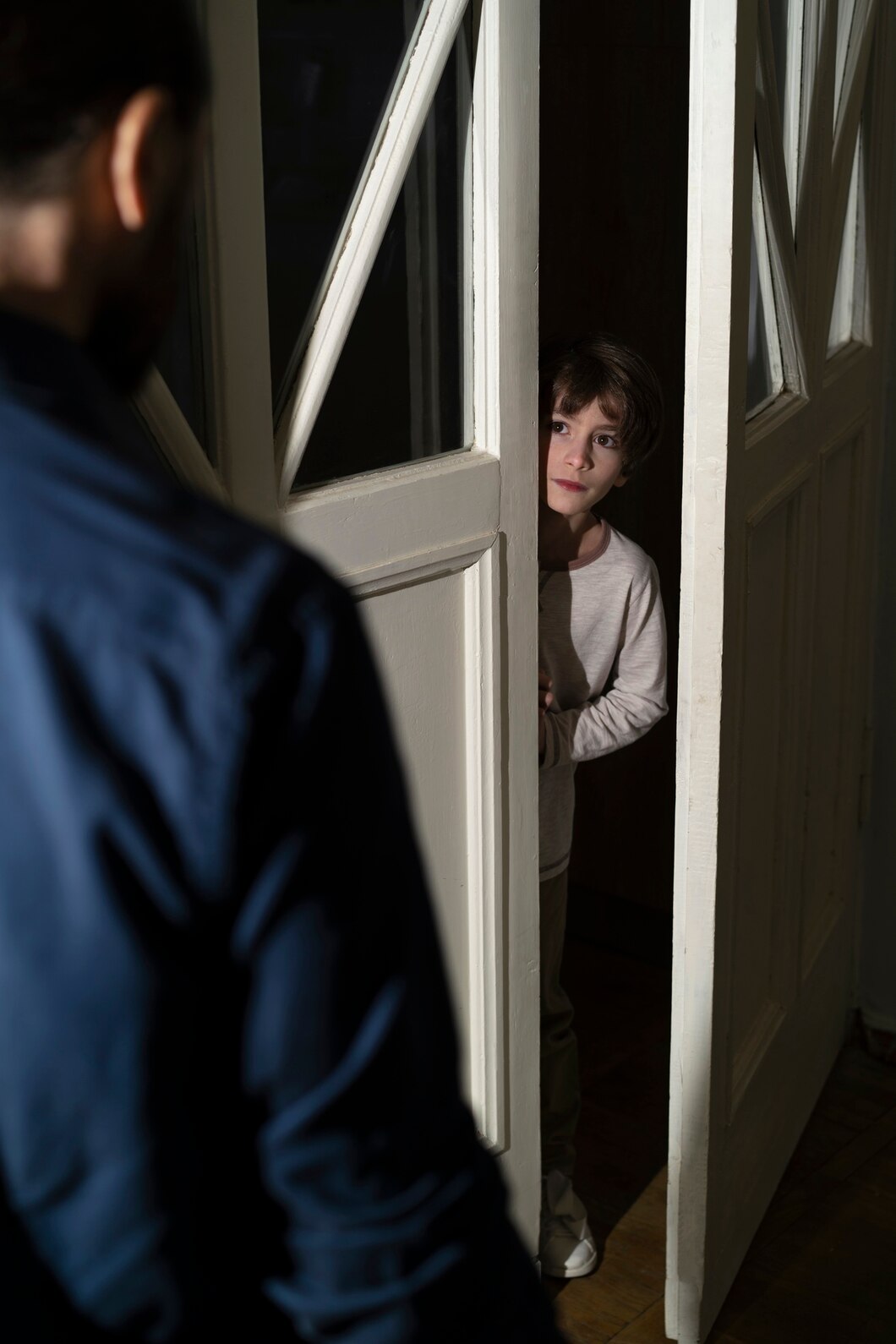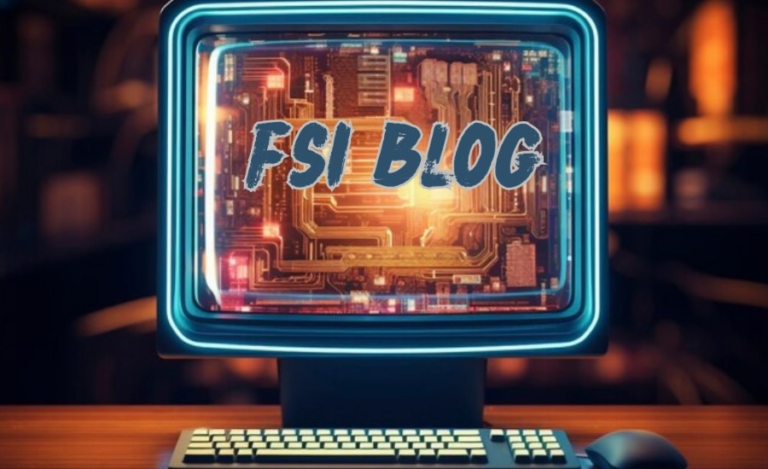Behind Closed Doors Unveiling the Hidden Realities of Domestic Violence
Domestic violence is a pervasive issue, yet it often remains hidden behind closed doors. This blog post aims to explore the multifaceted nature of domestic violence, its prevalence, and its profound impact on individuals and communities. By increasing awareness, we strive to empower survivors, inform the public, and support organizations working relentlessly to combat this issue.
Recognizing the Signs of Domestic Violence
Identifying domestic violence can be challenging, especially when it manifests in subtle forms. Signs often include unexplained injuries, frequent absences from work or social gatherings, and sudden changes in behavior or appearance. Victims may exhibit signs of anxiety, depression, or low self-esteem, often apologizing for their partner’s behavior or exhibiting fear around them.
Beyond physical abuse, domestic violence encompasses emotional, sexual, and financial abuse. Emotional abuse involves manipulation, isolation, and intimidation, while financial abuse restricts access to resources, trapping victims in the relationship. Recognizing these signs is crucial for providing timely support and intervention.
Awareness and education are key to identifying domestic violence. By understanding the diverse ways it manifests, we can help create safer environments where victims feel supported and encouraged to seek help.
Understanding the Cycle of Violence
The cycle of violence, a repetitive pattern of abuse, is a critical concept in understanding why leaving an abusive relationship is challenging. It typically includes a tension-building phase, an explosive incident of abuse, and a period of remorse or reconciliation known as the “honeymoon phase.” This cycle can create confusion and hope for change, making it difficult for victims to break free.
Psychological manipulation, fear of retaliation, and financial dependency further complicate the decision to leave. Many victims grapple with self-blame, societal judgment, and the daunting prospect of starting over. It’s crucial to recognize these barriers and approach victims with empathy and understanding.
Breaking the cycle requires comprehensive support, including legal assistance, counseling, and community resources. Empowering survivors to envision a life beyond abuse is essential in facilitating their path to freedom.
Resources and Support for Survivors
For survivors, accessing resources and support is a vital step towards healing and rebuilding their lives. Various organizations offer helplines, safe havens, and counseling services tailored to meet the needs of those affected by domestic violence. National hotlines provide immediate assistance and guidance, while local shelters offer a safe space for victims and their children.
Legal aid services, such as those provided by a child injury lawyer, help survivors understand their rights and secure protection orders, while counseling and therapy offer emotional support and healing. Online forums and support groups create a sense of community and solidarity, connecting survivors with others who have shared similar experiences.
Encouraging survivors to seek support and utilize available resources is crucial in their recovery process. By accessing these services, they can regain control over their lives and move towards a future free from violence.
The Role of Community and Support Organizations
Community involvement and support organizations play a pivotal role in addressing domestic violence. Raising awareness through education and advocacy campaigns helps dismantle stigma and encourages open conversations. Schools, workplaces, and healthcare providers can implement training programs to identify and respond to signs of domestic violence.
Support organizations provide essential services, from crisis intervention and legal assistance to ongoing counseling and support. Collaborating with law enforcement, judicial systems, and healthcare providers ensures a coordinated approach to addressing domestic violence and supporting survivors.
Community members can contribute by volunteering, donating, or raising awareness about local resources and services. Together, we can create a network of support that empowers victims and works towards eradicating domestic violence.
How You Can Help
If you’re concerned about someone experiencing domestic violence, there are steps you can take to offer support. Listen without judgment, believe their story, and respect their decisions. Offer practical assistance, such as transportation, childcare, or access to resources. Encourage them to seek professional help and connect with support organizations.
Educating yourself and others about domestic violence is equally important. Share information, resources, and stories to raise awareness and foster a culture of empathy and support. Advocate for policies and programs that prioritize victim safety and perpetrator accountability.
Every effort counts in the fight against domestic violence. By taking action, you contribute to a collective movement towards a society where everyone can live free from fear and harm.
Conclusion
Now that you have a better understanding of domestic violence, its signs, and the resources available for survivors, it’s essential to continue educating yourself and others. By recognizing the signs and breaking the cycle of violence, we can create safer environments for everyone.
Keep an eye for more news & updates on HipHopHipHop!






